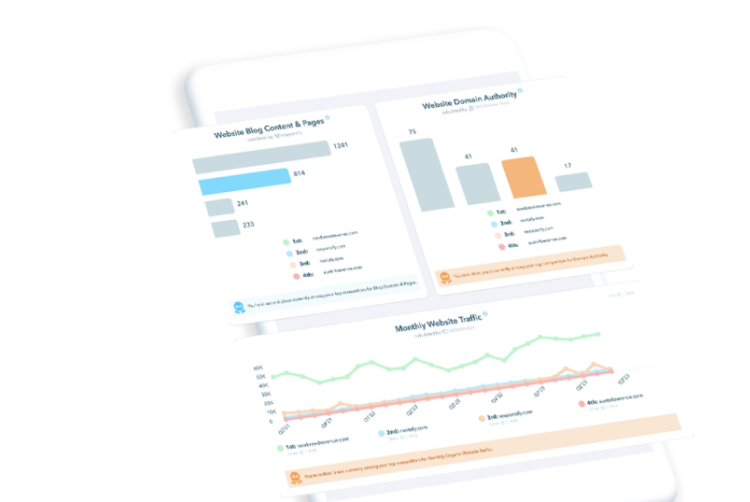 1286 Views
1286 Views  4 min read
4 min readIf your role involves growing your SaaS enterprise, then preventing customer churn is crucial. After all, the software world is filled with competitors. Many of these competitors may offer a lower price or some other advantage that puts pressure on your company to do better if you want to stand out. When customers cancel their subscriptions, it has a drastic effect on your bottom line. The cost of acquisition goes up every time a customer’s lifetime value goes down. On the other side of things, just a 5% increase in retention rates can boost profits by up to 95%. Therefore, in this article, we will discuss various tips to help you be proactive in lowering your SaaS churn. By implementing them, you can retain customers longer and boost your recurring revenue for better growth and profits.
The initial week or so that a customer uses your software is crucial. Many customers drop out at this point, so it is a high-leverage opportunity to be proactive. One great way to engage and please your customers off the bat is by sending them a welcome email. This email should be friendly while informing them of what they can expect. It makes your customers feel like you care, while reducing uncertainty about using your product.
The onboarding process is crucial to getting users accustomed to your software. You need to execute it in a way that makes them feel comfortable. Here are some keys to proper onboarding:
By making sure your customer has a good experience in those important few days and weeks, you can allow them to see the value of your product right away.
That way, you can retain more of your customers.
What better way to understand how to retain a user than to ask them directly how they feel about your product?
For this reason, customer surveys are a very powerful tool in your arsenal when reducing churn for your SaaS company.
Examples of questions you can ask are:
You will find that your customers are happy to answer these surveys.
After all, they have a vested stake in making sure that a tool they use for their daily lives is as valuable as possible.
Everyone learns differently. You need to ensure that your users can become accustomed to your SaaS product as soon as possible in their preferred medium. Therefore, be sure to create as many content types as possible, even if they are redundant. Blog posts with images and screenshots work well for readers. Videos are excellent for those who are short on time or who are more visual learners. And, of course, there is always the option to offer a higher-tier education service with live calls and walkthroughs for certain customers. You can also experiment with long-form versus short-form content. For instance, someone may prefer a nice short article in a help portal, while another person wants to watch one of your employees draw out extensive use cases on a whiteboard on YouTube. Appealing to various content preferences will help bring value to your spectrum of users.
Assuming that you have successfully navigated the initial dangers that cause users to cancel their service, there is still the middle stage where you can see more churn. One of the reasons customers may churn is because they don’t use all of your features. You may have relatively expensive software because you spend countless hours developing great features that really bring a ton of value. However, customers only find value in the features they actually use. Once someone has used your product for a while, they tend to lock into a few features that they use most often. This causes them to be “blind” to the other features (and value) of your product. Therefore, be sure to occasionally remind them of other features so that they see the full picture of what they are paying for.
There is a big difference between someone whose membership is about to expire and a customer whose membership has already expired. You need to overcome a lot of momentum to get someone to sign back up with your company. On the other hand, there is less friction when you can prevent your customer’s membership from expiring with proactivity. There are a few ways to identify users at high risk of churn and best practices to retain them. These include:
By adhering to these, you can encourage them to renew their membership instead of canceling it. That way, you can salvage additional recurring revenue.
The world of SaaS is growing and ever-changing, and your customers have high demands in terms of service and price. In order to reduce churn, you ultimately need to provide as much value as possible—as soon as possible. But this is easier said than done. Many companies struggle to identify proactive ways to prevent SaaS churn before it is too late. So, be sure to review the strategies above. You can start with a handful of tactics that work for your specific company—and in doing so, you can boost your bottom line going forward.
